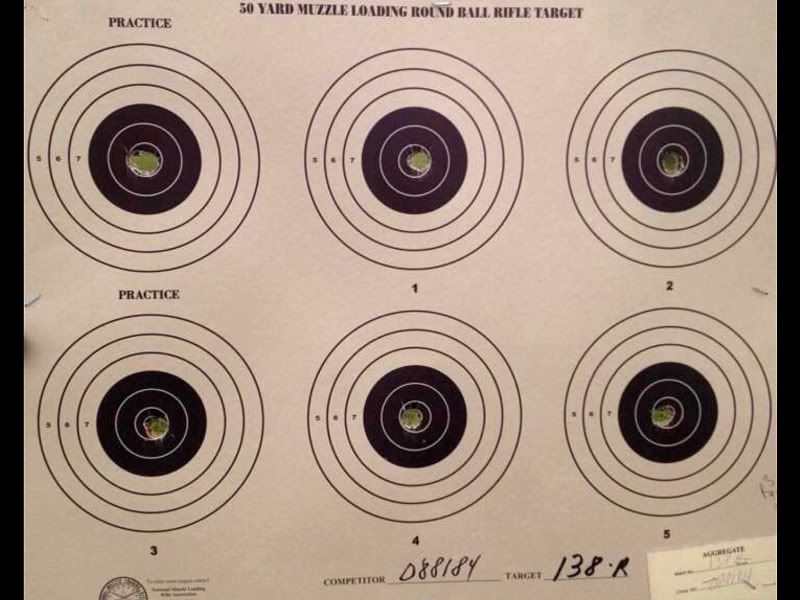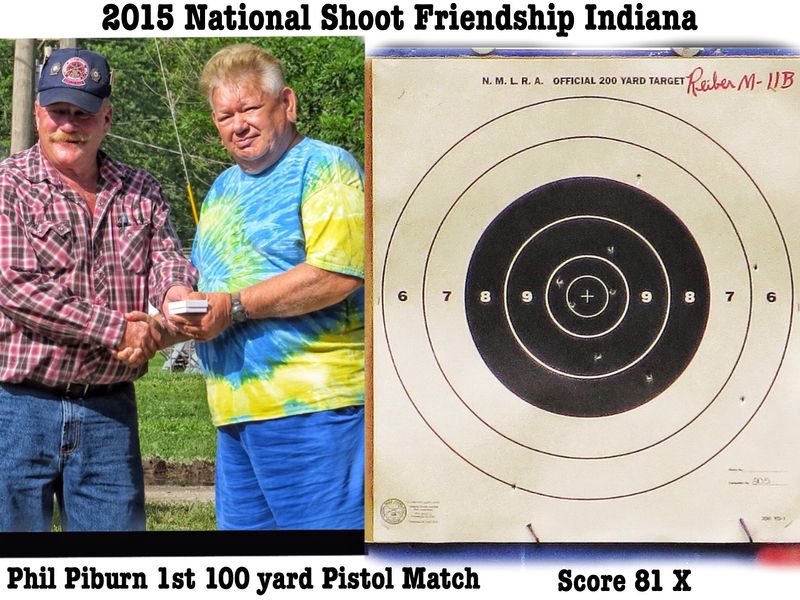MY muzzle loader is an Investarms made in Italy 58 Cal carbine and sold under the Cabela's name brand.
In a muzzle loader how accurate is a round ball ? Also the conical s and sabots ?
How much does powder charge effect accuracy ? I started with 60 gr Pyrodex and have moved up to 70 grns. Am I in the ball park or do I should I increase the powder ? I am used to center fire and working up a load, how do you work up a load in a ML ? What do you look for or how will you know when you have reached the safe max load ? I have the manual for my BP rifle and it states for a .570 round ball 88 gr of Pyrodex. Under black powder it says for a 58 cal .570 round ball use 60 gr in reproduction black powder rifles and muskets.
Then it says the above loads are for G_O FFG black powder. When using Pyrodex reduce these loads by 20%.
Isn't this kind of confusing ? Isn't any brand new black powder rifle that you buy today a reproduction ?
A friend of mine has a Remington 700 black powder rifle and he shoots 90 gr of black powder for everything he shoots, round balls, conical's and sabots.
In a muzzle loader how accurate is a round ball ? Also the conical s and sabots ?
How much does powder charge effect accuracy ? I started with 60 gr Pyrodex and have moved up to 70 grns. Am I in the ball park or do I should I increase the powder ? I am used to center fire and working up a load, how do you work up a load in a ML ? What do you look for or how will you know when you have reached the safe max load ? I have the manual for my BP rifle and it states for a .570 round ball 88 gr of Pyrodex. Under black powder it says for a 58 cal .570 round ball use 60 gr in reproduction black powder rifles and muskets.
Then it says the above loads are for G_O FFG black powder. When using Pyrodex reduce these loads by 20%.
Isn't this kind of confusing ? Isn't any brand new black powder rifle that you buy today a reproduction ?
A friend of mine has a Remington 700 black powder rifle and he shoots 90 gr of black powder for everything he shoots, round balls, conical's and sabots.


